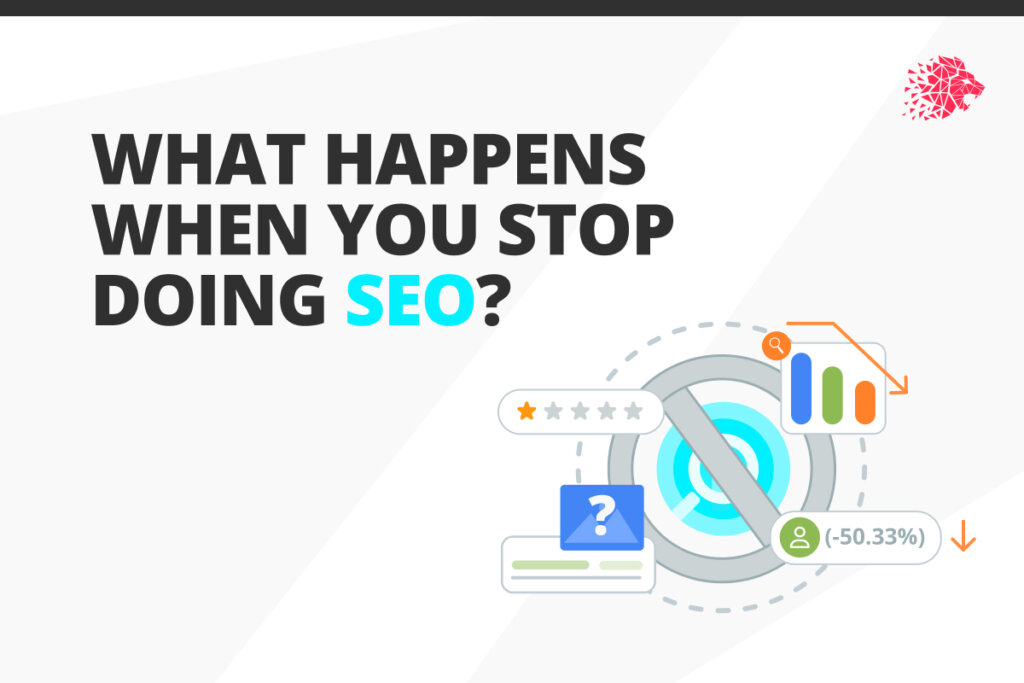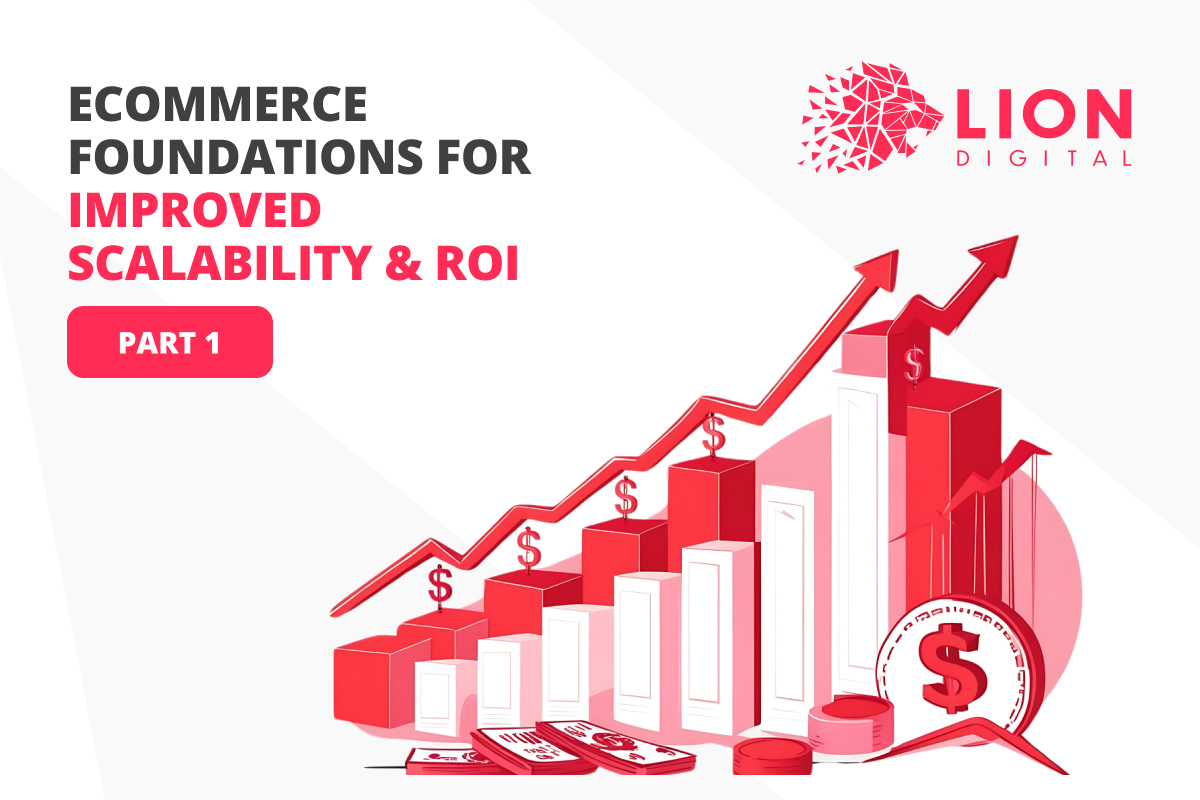
The 2020s are shaping up to be quite the outlier from decades past. In the last two years, we saw significant growth and focus on digital channels off the back of at-home pandemic buying; now with consumer confidence dipping, we’re seeing growth slow and marketers are increasingly focused on the effectiveness of their channel mix and may be considering where they can consolidate or reduce spend.
Business owners and marketers alike frequently wonder where SEO should sit – is it eCommerce, marketing or IT? Should it be a sustained marketing cost once we are happy with our visibility for core search terms? When is SEO’s job done?
SEO can sit anywhere in an organisation, but it makes the most sense to sit close to content, technical implementation and website changes, and new product launches. SEO is the art of being the least imperfect player in the search results so there is always work to do. Following core category content optimisation and technical audit fixes, research can uncover opportunities to develop content earlier in the journey to capture more users for paid search and email audiences to nurture them into being customers down the line. In this way, the SEO job is never done and its absence in either activity or advisory can see good growth come undone.
HERE ARE A FEW WATCH OUTS WORTH CONSIDERING IF SEO IS NEGLECTED:
- You may lose keyword growth momentum – Google values freshness and algorithm updates happen every time. If you’re not pruning and cultivating a healthy website and fresh content, you may fall out of favour and see rankings you worked hard on decline.
- Competitors can outperform your website by continuing optimisation works – as we said before, SEO is about being the least imperfect, so if you’re not investing time and effort, you can expect competitors who are to overtake you
- You may take a significant hit to your organic revenue – if you lose crucial Page 1 keywords to a competitor, their brand may be considered over yours and this can affect your bottom line as Organic commonly generates 35-60% of a company’s revenue.
- All websites aren’t created equally and neither are their budgets – unlike paid search, it’s difficult to gauge how much your competitors are investing in SEO. Content and link velocity, alongside internal team growth, is a good way to compare yourself to your competitors. A good SEO partner should be able to provide you with this view and help you outsmart your competitors where you can’t outspend them.
Get in touch for an obligation-free discussion with our growth strategists to find out how we can make your company take the LION’s share of the market online. We have achieved great results in the form of visibility, visitation and revenue growth that you can find on the case studies section of our website.
GET IN CONTACT TODAY AND LET OUR TEAM OF ECOMMERCE SPECIALISTS SET YOU ON THE ROAD TO ACHIEVING ELITE DIGITAL EXPERIENCES AND GROWTH
Contact Us

Leonidas Comino – Founder & CEO
Leo is a, Deloitte award winning and Forbes published digital business builder with over a decade of success in the industry working with market-leading brands.
Like what we do? Come work with us








